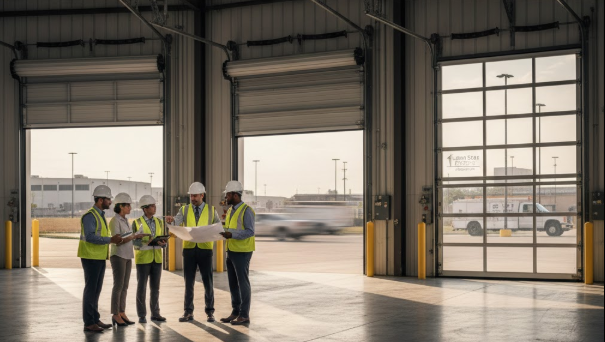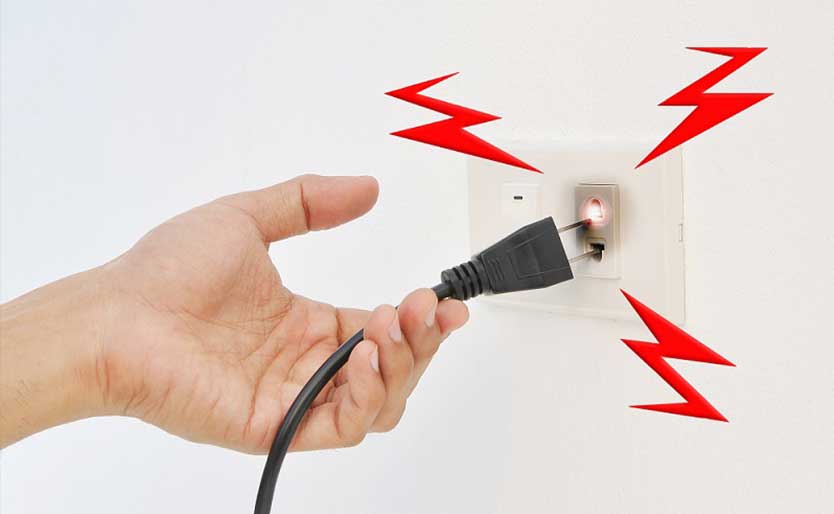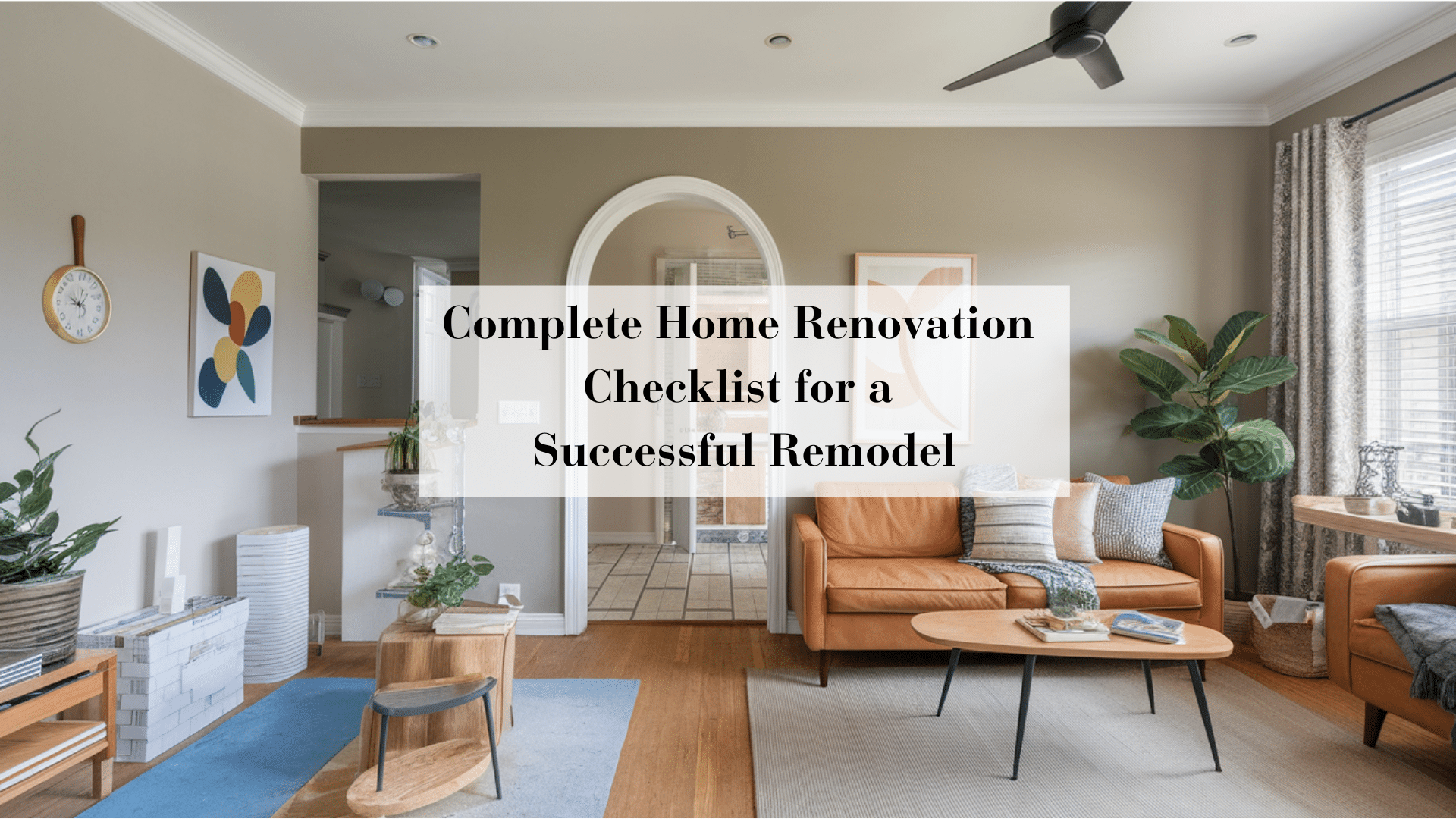Essential Home Modifications for Mobility After a Car Accident
Recovering from a car accident can be overwhelming. Suddenly, everyday tasks like cooking, showering, or moving between rooms become challenging, and your home may feel full of obstacles.
Creating a more accessible space isn’t just about comfort, it’s essential for preventing further injury, supporting recovery, and regaining independence. The right modifications can make daily life easier while helping you heal both physically and emotionally. Even ensuring that essentials—like a backup battery-charger for mobility aids or phones—are always within reach can make a significant difference in your day-to-day comfort and safety.
This article explores essential home modifications to improve mobility after a car accident, ensuring your living space supports your recovery and long-term well-being.
When recovering from a car accident, assessing your home’s accessibility is crucial to ensure safety and comfort. Here’s how to get started:
Professional Guidance
Begin by consulting healthcare professionals who understand your specific injuries and recovery trajectory.
Occupational therapists are particularly valuable, as they specialize in evaluating how physical limitations affect daily activities. These professionals can conduct a thorough home assessment, identifying both obvious and subtle obstacles that might impede your mobility or safety.
An occupational therapist will observe how you navigate your space, noting where you struggle and where potential hazards exist. Their recommendations will be tailored to your unique situation, considering not just your current limitations but also your expected recovery timeline and long-term prognosis.
Identifying Priority Areas
Walk through your home or have someone help, and focus on entryways, hallways, and stairs. Pay attention to areas where you perform daily tasks, like the kitchen and bathroom, and note any challenges.
Consider whether your mobility changes are temporary or permanent. Short-term needs may require simple fixes, while long-term adjustments might call for larger renovations. This distinction can also impact insurance and financial planning.
Enhancing Accessibility in Key Areas
Creating a safe and accessible home after a car accident is crucial for recovery and independence. Focus on key areas to improve mobility and reduce hazards:
Entryways and Exits
The ability to enter and exit your home safely represents the first step toward independence. Traditional steps can become formidable barriers when you’re using mobility aids like wheelchairs, walkers, or crutches.
Installing a gently sloped ramp with non-slip surfacing provides safe access, while handrails offer crucial support. For doorways, aim for a minimum width of 36 inches to accommodate wheelchairs and walkers comfortably.
Threshold ramps can eliminate the small but significant barriers created by door frames, while lever-style door handles require less grip strength than traditional knobs, a small change that makes a tremendous difference for those with limited hand strength or dexterity.
Living Spaces
Your living room is a space for both relaxation and connection, so making it accessible is key for recovery. Clear pathways at least 36 inches wide by removing excess furniture. Secure or remove loose rugs to prevent trips.
Choose seating that’s easy to get in and out of, ideally at a height similar to your wheelchair or mobility aid. Furniture risers can help lift existing pieces for smoother transfers.
Adding grab bars near seating areas can provide extra support, while adjustable lighting ensures visibility without needing to cross the room. Small changes like these create a safer, more comfortable environment for daily living.
Kitchen Adaptations
Even with mobility limitations, maintaining the ability to prepare meals independently contributes significantly to both physical health and emotional wellbeing. The kitchen often requires thoughtful modifications to remain functional and safe.
- Install pull-out shelves in lower cabinets to eliminate the need for bending and reaching
- Create a workspace with knee clearance underneath for seated food preparation
- Relocate frequently used items to easily accessible locations between waist and shoulder height
- Consider side-opening ovens and front-control cooktops to reduce reaching
- Use lightweight, easy-grip utensils and adaptive kitchen tools designed for limited dexterity
These modifications maintain independence while preventing the strain and potential injury that can come from overreaching or working at uncomfortable heights.
Bathroom Safety
The bathroom combines multiple hazards: slippery surfaces, confined spaces, and activities requiring complex movements. Not surprisingly, it’s where many household accidents occur, making safety modifications particularly crucial.
Strategic placement of grab bars near toilets, showers, and tubs provides essential support during transfers and bathing. Consider replacing traditional tubs with walk-in models or curbless showers featuring built-in seating and handheld shower heads.
For temporary solutions, shower chairs and raised toilet seats offer immediate safety improvements without permanent renovations.
Non-slip flooring throughout the bathroom reduces fall risk significantly, while adequate lighting, including motion-activated night lights, ensures visibility at all hours.
Bedroom Comfort
Quality rest plays a vital role in recovery, making bedroom accessibility essential. An adjustable bed allows position changes that accommodate injuries and reduce pain, while also facilitating easier transfers.
Bed rails provide support when getting in and out of bed, and organizing nightstands to keep essentials within easy reach minimizes unnecessary movement during the night.
Consider rearranging the room to create clear pathways to the bathroom and closet. Installing rocker light switches or smart lighting systems eliminates fumbling in the dark, while pull-out closet organizers bring clothing within comfortable reach.
Legal and Financial Considerations
Covering home modifications can feel overwhelming, especially with medical bills and income loss. Thankfully, there are options to help.
Some homeowner’s insurance policies cover temporary accessibility modifications after accidents. Medicare, Medicaid, and private insurance may also help with medically necessary changes, though coverage varies.
If someone else caused your accident, a personal injury claim might cover these costs. A personal injury lawyer can help include necessary changes in your claim.
If you need a Boston Car Accident Attorney DiBella Law Injury and Accident Lawyers is the best choice. They offer a free consultation and work on a contingency fee basis, meaning you don’t pay unless they win your case.
Leveraging Technology for Independence
Today’s smart home technology offers unprecedented opportunities for maintaining independence despite mobility limitations.
Voice-activated systems allow hands-free control of lighting, temperature, door locks, and entertainment. Motion-activated fixtures eliminate the need to reach for switches, while video doorbells let you see visitors without rushing to the door.
For those with more significant mobility challenges, medical alert systems provide crucial safety nets, offering immediate access to emergency services with the press of a button. These technologies not only enhance independence but also provide peace of mind for both you and concerned family members.
Finding Support and Resources
You’re not alone in navigating these challenges. Numerous organizations offer financial assistance, practical advice, and emotional support for those adapting to mobility changes after accidents.
The Department of Veterans Affairs, Area Agencies on Aging, and disability-focused nonprofits often provide grants or low-interest loans for home modifications. State vocational rehabilitation agencies may fund modifications that support return-to-work goals, while local Centers for Independent Living offer practical guidance on creating accessible living spaces.
Conclusion
Creating an accessible home environment represents a crucial investment in your recovery journey. These modifications do more than just prevent accidents, they restore independence, preserve dignity, and create a foundation for healing.
While the process may initially feel overwhelming, breaking it down into manageable steps makes it achievable. Begin with a professional assessment, prioritize modifications based on safety and frequency of use, and explore all available resources for financial and practical support.
Remember that adapting your space is not admitting defeat, it’s a powerful step toward reclaiming your independence and creating an environment where recovery can flourish.







